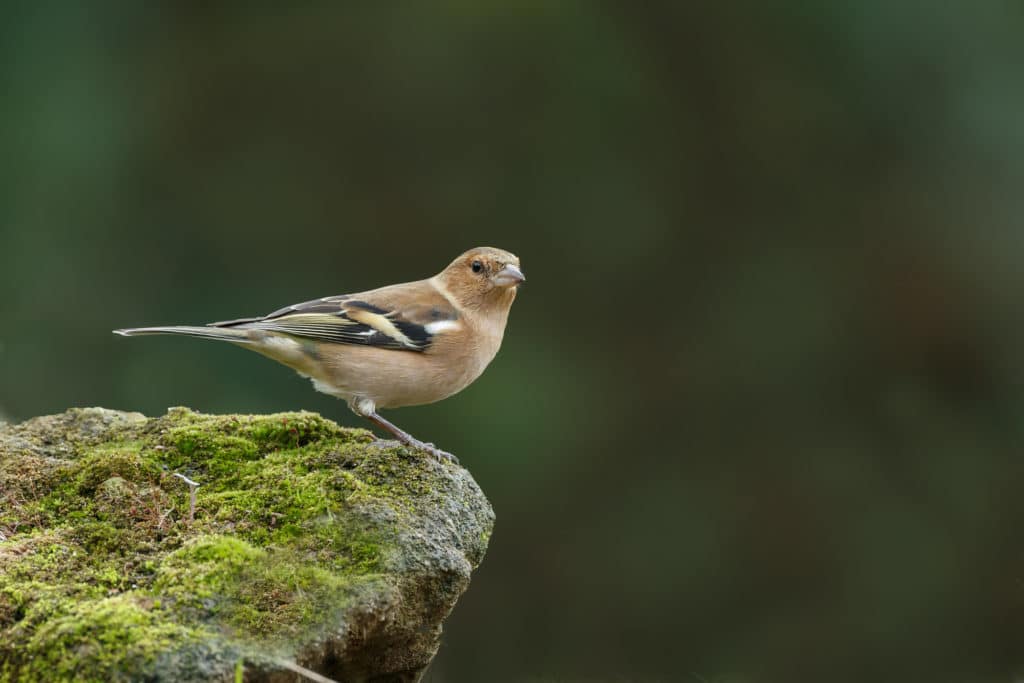Finches, with their stunning plumage, melodious songs, and unique beak shapes, are a diverse group of birds belonging to the family Fringillidae. This article delves into the world of finches, providing an in-depth exploration of their characteristics, habitat, behaviour, and more.
Introduction to Finches
Finches are enchanting creatures that captivate bird enthusiasts and nature lovers alike. With over 100 species found across various regions, these birds showcase a remarkable array of colours, patterns, and songs. From the charming British finches with their black wings and striking beaks to the Scottish crossbill, the largest finch species known for its specialised bill adaptation, each finch possesses its own unique charm.
The Beauty of Finches
The beauty of finches lies in their vibrant plumage and melodious songs. These birds display a stunning palette of colours, ranging from the vibrant yellows and reds of the goldfinch to the subtle earth tones of the chaffinch. Their feathers are often adorned with intricate patterns, such as wing bars, streaks, and contrasting head colours. Whether it’s the elegant black head of the Scottish crossbill or the orange breast of the American rosefinch, finches never fail to captivate with their visual allure.

Understanding Finch Species
Finches can be classified into different groups based on their physical attributes, behaviours, and habitats. One such group is the estrildid finches, known for their small size and striking colours. Within this group, the zebra finch and society finch are particularly popular among avian enthusiasts due to their ease of care and charming personalities. On the other hand, the Gouldian finch, with its vibrant hues and unique head colours, has captured the attention of experienced finch breeders.
Exploring British Finches
The British Isles are home to a diverse range of finch species. These birds, including the chaffinch, greenfinch, and bullfinch, can be found in woodlands, parks, and gardens throughout the United Kingdom. The chaffinch, with its melodic song and colourful plumage, is a common breeding bird in these regions. The greenfinch, known for its powerful beak and affinity for seed feeders, is a regular visitor to British gardens. Meanwhile, the bullfinch, with its dark wings and vibrant red breast, adds a touch of elegance to the countryside.

Songs and Sounds of Finches
One of the most fascinating aspects of finches is their melodious vocalisations. Each species has its own unique song, ranging from the vibrant tunes of the goldfinch to the complex melodies of the Scottish crossbill. The songs serve various purposes, including attracting mates, defending territories, and communicating within their flock. These enchanting sounds resonate through woodlands, gardens, and meadows, creating a soothing ambience for both humans and fellow birds.
Feeding and Habitat of Finches
Finches have evolved to thrive in diverse habitats, including woodlands, grasslands, and even urban areas where they often frequent bird feeders. They have adapted their beak shapes to suit specific types of food sources. While some finches, such as the crossbills, have specialised beaks for extracting seeds from conifer cones, others, like the American goldfinch, have conical beaks for efficient seed consumption. Finches primarily feed on seeds, with sunflower seeds being a favourite choice. They may also consume fruits, insects, and nectar depending on the species and habitat.

Breeding and Behavior of Finches
Finches exhibit fascinating breeding behaviours, displaying intricate courtship displays and nest-building rituals. Many species form strong pair bonds, engaging in cooperative breeding where both parents contribute to raising the young. Nest construction varies among species, with some finches preferring elaborate structures while others opt for more simplistic nests. Understanding their breeding patterns and behaviour is crucial for successful captive breeding and conservation efforts.
Finches as Captive Birds
The allure of finches extends beyond the wild, as many people keep these captivating birds as pets. When considering finches as captive birds, it is important to provide them with spacious cages, appropriate nesting materials, and a well-balanced diet. Finch enthusiasts often opt for mixed-species aviaries, creating a harmonious environment for multiple finch species to coexist. Observing their behaviour, listening to their songs, and witnessing their vibrant plumage can bring immense joy and a sense of connection to nature.
Conservation and Preservation
Conserving the natural habitats of finches is crucial for their long-term survival. Habitat loss, climate change, and illegal trapping pose significant threats to these birds. Efforts are being made to protect their habitats, raise awareness about their conservation status, and discourage the illegal trade of wild-caught finches. Participating in citizen science programs, supporting conservation organisations, and creating finch-friendly environments in gardens and urban spaces can contribute to their preservation.
Conclusion
Finches, with their diverse species, captivating beauty, and enchanting songs, exemplify the marvels of avian life. Whether observed in the wild, nurtured as pets, or appreciated in gardens, these delightful birds bring joy and fascination to our lives. By understanding their unique characteristics, promoting conservation efforts, and cherishing their presence, we ensure the perpetuation of the remarkable world of finches.
Sam loves to learn about animals and their habitats. He has been a nature lover from a very young age, and has been writing papers and articles about wildlife for as long as he can remember.
